blog»Digital Marketing»Duolingo’s Gamification Strategy Explained – How E-Commerce Can Apply It
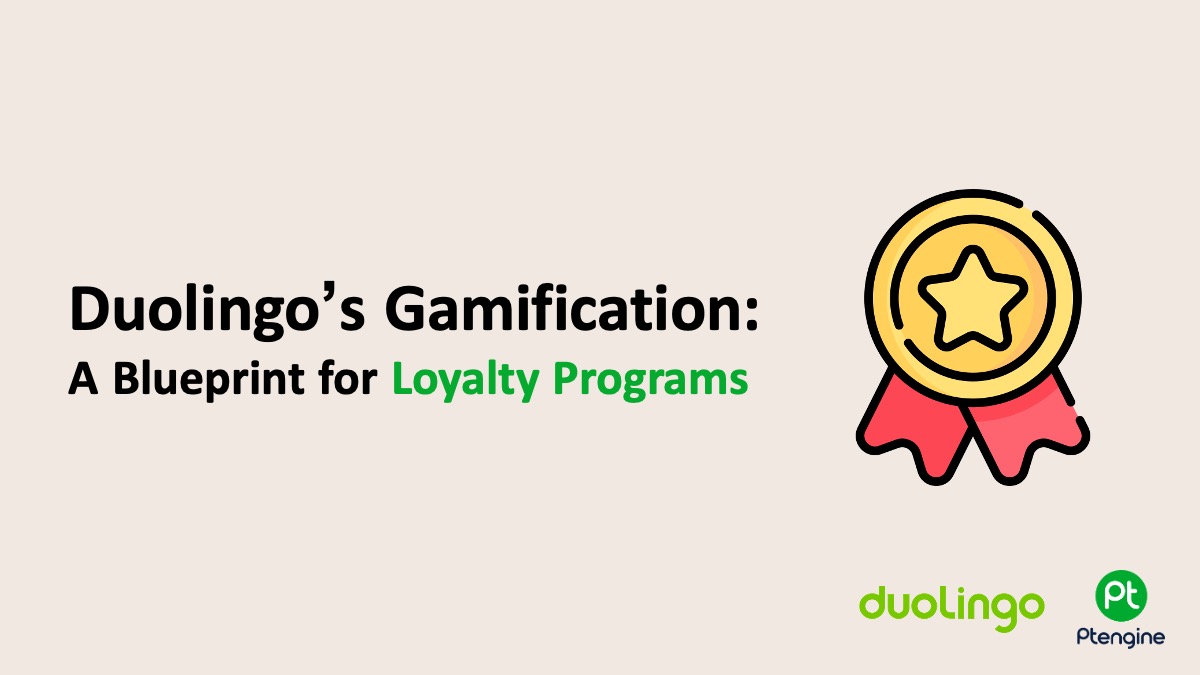
Duolingo’s Gamification Strategy Explained – How E-Commerce Can Apply It
2025/02/05
You can read this article in about 19 minutes
Introduction
Duolingo has made learning a language feel more like playing a game. With over 80 million monthly active users, it’s the world’s most popular language-learning app. But its success isn’t just about offering free lessons—it’s about gamification.
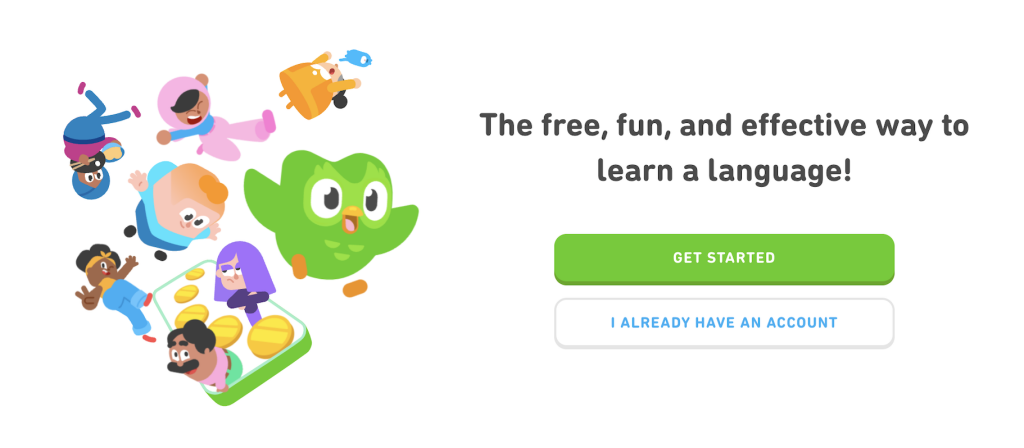
By turning learning into a habit-building, reward-driven experience, Duolingo keeps users engaged for months or even years. Features like streaks, leaderboards, badges, and daily reminders make language learning feel addictive. Instead of forcing users to study, Duolingo makes them want to come back every day.
For marketers, this approach holds valuable lessons. Gamification isn’t just for apps—it can be a powerful tool for e-commerce brands, loyalty programs, and customer engagement strategies. In this article, we’ll break down Duolingo’s winning tactics and show how businesses can apply these principles to boost retention, engagement, and sales.
1. The Power of Gamification: Why It Works
Gamification isn’t just a buzzword—it’s a psychology-driven strategy that makes an experience more engaging, addictive, and rewarding. Duolingo’s success proves that when you apply game mechanics to non-gaming experiences, you can turn casual users into loyal, daily participants.
So, why does gamification work? It taps into core psychological triggers:
- Habit Formation: Streaks and daily rewards keep users coming back.
- Competition: Leaderboards make users want to outperform others.
- Small Wins: Badges and achievements provide quick dopamine hits.
- Loss Aversion: Users don’t want to lose progress, so they stay engaged.
For Duolingo, these tactics have helped it maintain high retention rates in an industry where most people quit learning a new language after just a few weeks.
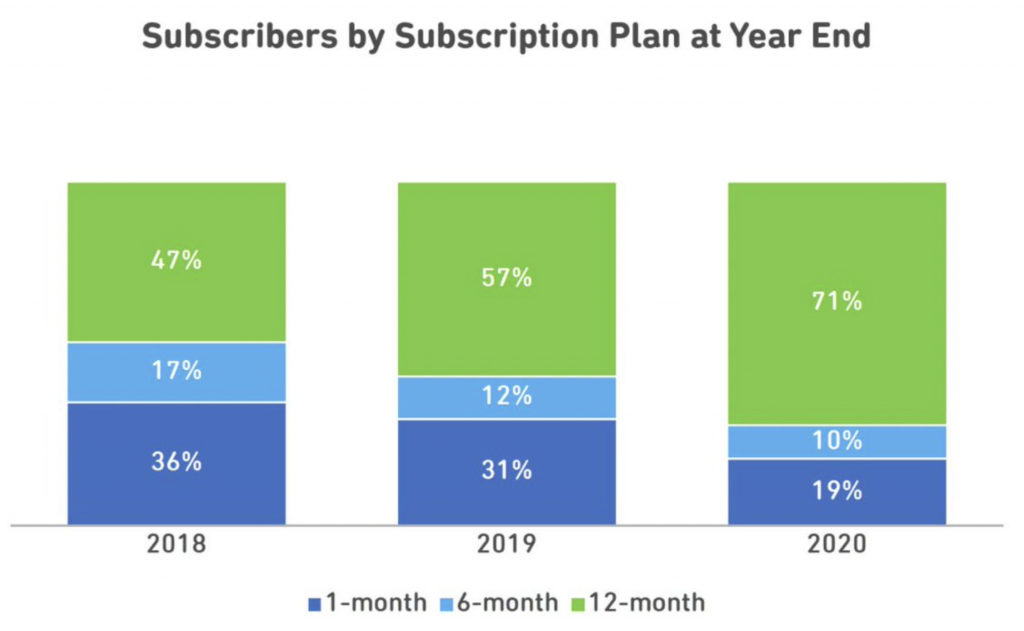
What Marketers Can Learn
- Make engagement fun: Adding progress tracking, milestones, or achievement badges can keep users coming back.
- Tap into competition: Leaderboards, challenges, or social sharing can make participation feel more rewarding.
- Use rewards and incentives: Offer discounts, VIP status, or points to encourage ongoing customer activity.
Takeaway: Gamification isn’t just for apps—e-commerce brands, loyalty programs, and subscription businesses can use the same principles to boost retention and engagement.
2. Duolingo’s Winning Gamification Features
Duolingo doesn’t just use gamification—it has perfected it. Every part of the app is designed to keep users engaged, motivated, and coming back daily. Here’s a breakdown of the key features that make Duolingo so addictive—and how brands can apply them.
Streaks: The Daily Habit Builder
Duolingo’s streak system rewards users for practicing every day. The longer the streak, the more invested users become. Losing a streak feels like losing progress, which keeps people returning daily.
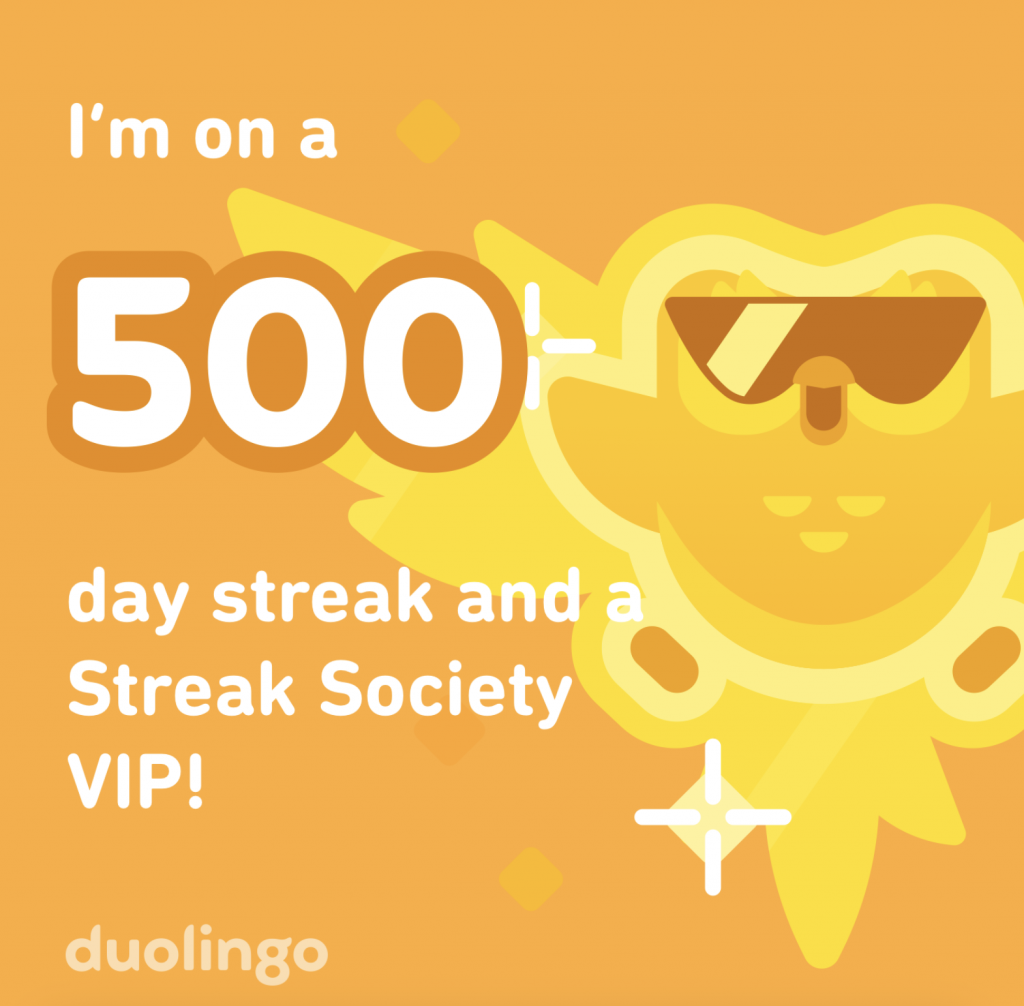
What e-commerce brands can learn:
- Use daily check-in rewards to keep users engaged (e.g., discounts for consecutive days of app usage or purchases).
- Create streak-based challenges, such as rewarding customers who engage for 7, 14, or 30 days in a row.
- Build in reminders or nudges to keep users coming back (e.g., “You’re on a 5-day streak! Don’t stop now!”).
Leaderboards: Social Competition That Drives Engagement
Duolingo’s leaderboards rank users based on XP earned, creating competition among learners. Moving up a league feels like an achievement, and nobody wants to get demoted.
How e-commerce can apply this:
- Referral leaderboards: Reward users for referring the most friends in a set period.
- VIP status or tiers: Let customers “level up” based on engagement, purchases, or reviews.
- Community challenges: Display top customers in an interactive way (e.g., “Top Reviewers” or “Most Active Members”).
Achievement Badges: Micro-Rewards That Keep Users Hooked
Duolingo gives users badges for milestones, like completing lessons or maintaining a streak. These small wins give users a sense of progress, keeping them motivated.
What e-commerce brands can do:
- Reward customers with badges or digital achievements for completing actions (e.g., “First Purchase Badge,” “Top Reviewer,” or “Super Shopper”).
- Encourage engagement with gamified loyalty programs, where users unlock new perks as they interact more.
- Use personalized messaging to congratulate users on their milestones.
Hearts & Lives: Loss Aversion to Keep Users Invested
Duolingo limits mistakes by giving users a set number of “lives” before they must wait, watch an ad, or subscribe to continue. This small restriction makes users value their progress even more.
How e-commerce can use this strategy:
- Create limited-time perks (e.g., “You have 24 hours to claim your exclusive reward”).
- Offer exclusive benefits for engaged users (e.g., access to special deals for customers who interact regularly).
- Use reminders to reinforce urgency (e.g., “Only 1 hour left to keep your reward active!”).
Takeaway:
Duolingo’s features aren’t just fun—they’re designed to build habits and drive long-term engagement. By incorporating streaks, leaderboards, rewards, and loss aversion, marketers can make their own products or services more engaging and habit-forming.
3. How Duolingo Turned Gamification into a Viral Growth Engine
Duolingo’s gamification doesn’t just keep users engaged—it also fuels organic growth. The app’s design encourages people to share their progress, challenge friends, and spread the word. Instead of relying on traditional advertising, Duolingo lets its users do the marketing for them.
Streak Sharing: The Social Proof Effect
Users take immense pride in their streaks—whether it’s 50 days, 100 days, or even 1,000+ days. Duolingo encourages users to share their streak milestones on social media, making it a free marketing tool.
How e-commerce brands can use this:
- Let customers share their loyalty progress (e.g., “You just reached VIP status—show it off!”).
- Encourage social proof by celebrating milestones (e.g., “You’ve made 10 purchases—join our top customers club!”).
- Add badges or rewards users can share, creating built-in brand promotion.
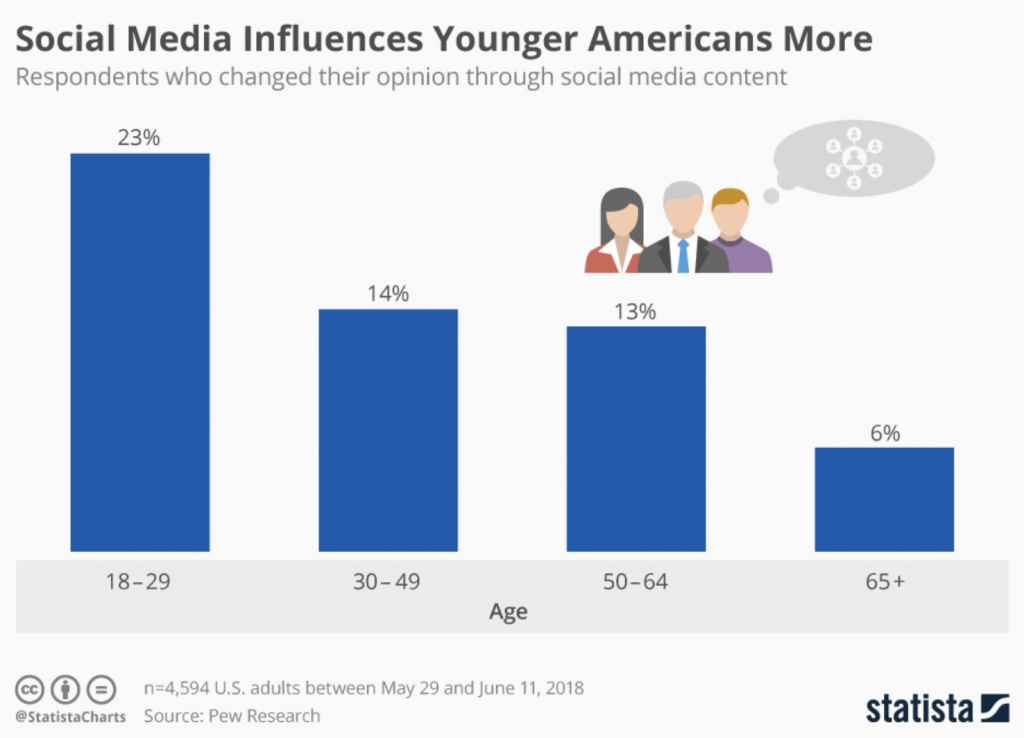
Duo the Owl: A Viral Brand Mascot
Duolingo’s mascot, Duo the Owl, is one of the most recognizable characters in marketing today. The brand leaned into humor, memes, and self-awareness, making Duo an internet sensation—especially on TikTok.
How brands can apply this:
- Use humor and personality in your marketing—don’t be afraid to be playful.
- If your brand has a mascot or unique identity, lean into it for viral appeal.
- Engage with internet culture and trends to stay relevant.
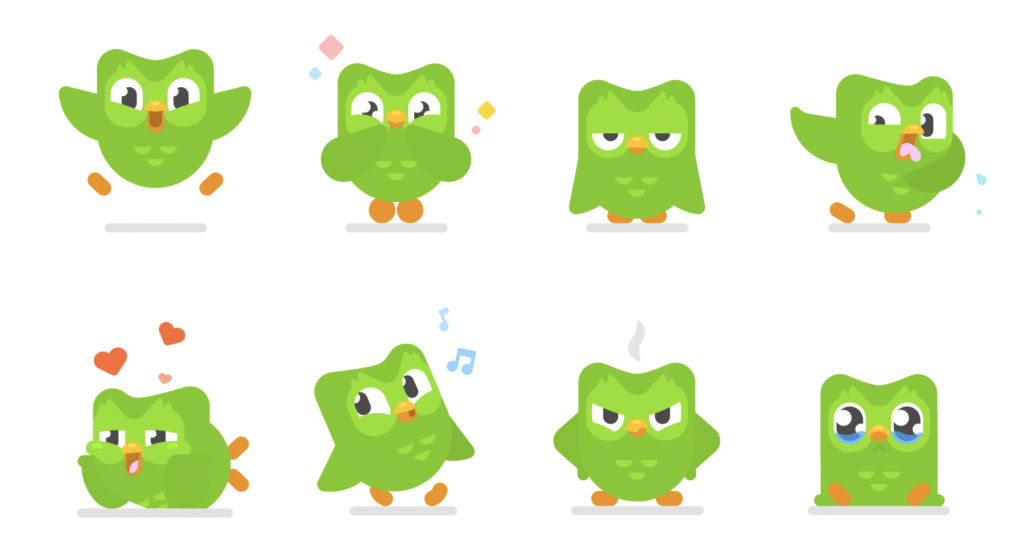
Freemium Model That Drives Upsells
Duolingo’s free model gets users hooked, but its premium Duolingo Plus offers upgrades like unlimited hearts and no ads. The key? By the time users consider upgrading, they’re already invested in their progress.
How e-commerce brands can use this:
- Offer free trials or starter experiences to get users engaged before upselling.
- Use progress-based incentives (e.g., “Unlock more rewards by upgrading your membership”).
- Make users feel invested before asking them to spend (e.g., streak-based VIP perks).
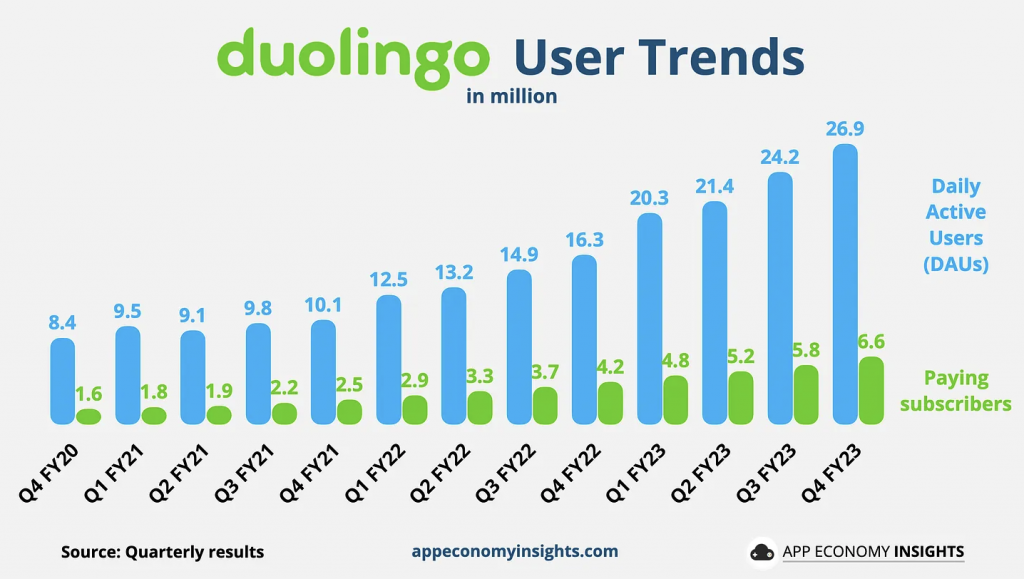
Takeaway:
Duolingo didn’t just gamify learning—it gamified marketing. By making engagement shareable, fun, and rewarding, it turned users into loyal promoters. Marketers can apply these viral tactics to grow their own brand without relying solely on paid ads.
4. How E-Commerce Companies Can Apply Duolingo’s Gamification Strategy
Now that we’ve broken down how Duolingo mastered gamification, let’s look at how e-commerce brands can apply these strategies to increase engagement, retention, and customer loyalty.
1. Turn Shopping into a Game with Streaks & Challenges
Duolingo’s streaks keep users coming back daily—e-commerce brands can do the same.
How to apply this:
- Reward users for daily logins, purchases, or interactions (e.g., “Log in for 5 days in a row to unlock a 10% discount”).
- Introduce weekly or monthly shopping challenges with incentives (e.g., “Buy from 3 different categories this month and get a reward”).
- Send streak reminders (e.g., “You’re on a 3-day shopping streak! Keep it up for an exclusive deal!”).
2. Use Leaderboards & Competition to Boost Engagement
Duolingo’s leaderboards create a sense of competition, which motivates users to stay active.
How to apply this:
- Create referral leaderboards (e.g., “Top 10 referrers this month get a free product”).
- Highlight top customers or contributors (e.g., “Most active reviewers of the month” badge).
- Encourage social sharing with leaderboards (e.g., “Your ranking: #5 in referrals—share to get ahead!”).
3. Introduce Achievement Badges for Loyalty & Engagement
Duolingo’s badge system gives users small wins to keep them motivated.
How to apply this:
- Reward customers with badges for milestones (e.g., “First purchase,” “10 orders completed,” “VIP customer”).
- Create a tiered loyalty system where users unlock rewards as they progress.
- Let customers show off their status (e.g., special badges displayed on profiles or email signatures).
4. Use Loss Aversion to Keep Users Invested
Duolingo’s hearts system makes users value their progress—e-commerce can do the same.
How to apply this:
- Offer limited-time discounts that expire if users don’t engage (e.g., “Your 20% discount disappears in 24 hours!”).
- Use VIP status expiration to encourage continued engagement (e.g., “Your gold membership expires in 3 days—shop now to renew!”).
- Create exclusive perks for consistent engagement (e.g., “Keep your streak alive to stay in our top-tier rewards program”).
5. Make Sharing a Core Part of the Experience
Duolingo encourages users to share milestones, streaks, and achievements—e-commerce can turn customers into brand advocates too.
How to apply this:
- Encourage social sharing of purchases or loyalty achievements (e.g., “You just hit VIP status—share the news!”).
- Offer bonuses for sharing milestones (e.g., “Get 50 points for posting your purchase on social media”).
- Create a referral program that feels fun and rewarding (e.g., progress bars, leaderboards, or bonus unlocks).
Takeaway:
Duolingo’s success isn’t just about language learning—it’s about engagement, motivation, and habit-building. Marketers can apply the same gamification tactics to e-commerce, making shopping more interactive, rewarding, and addictive.
Gamification isn’t just for apps—it’s the future of customer engagement.
5. Conclusion: Why Gamification is the Future of Customer Engagement
Duolingo’s success isn’t just about offering free language lessons—it’s about how they keep users engaged, motivated, and coming back for more. Through gamification, they have transformed learning into a daily habit that feels rewarding, competitive, and fun.
For marketers, the lesson is clear: engagement is everything. In a world where customer attention is harder than ever to retain, brands that use game mechanics like streaks, leaderboards, rewards, and challenges can create experiences that keep users hooked.
Key Takeaways for Marketers & E-Commerce Brands:
- Turn engagement into a habit – Use streaks, check-ins, and daily rewards to keep users coming back.
- Use competition to drive motivation – Leaderboards and referral contests create excitement.
- Celebrate small wins – Badges, achievements, and progress tracking keep customers engaged.
- Make users feel invested – Use loss aversion (expiring rewards, VIP tiers) to encourage retention.
- Encourage sharing – Let users show off their progress, purchases, and milestones to spread the word.
Duolingo proves that gamification isn’t just for games—it’s a powerful marketing tool that e-commerce brands, loyalty programs, and digital platforms can leverage to boost engagement, drive sales, and build long-term customer relationships.
The question is: how will you gamify your marketing strategy?